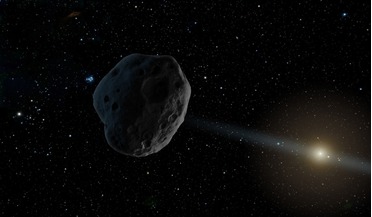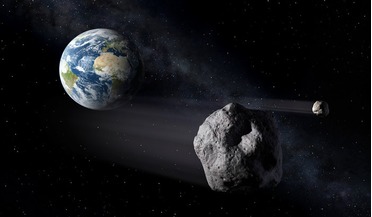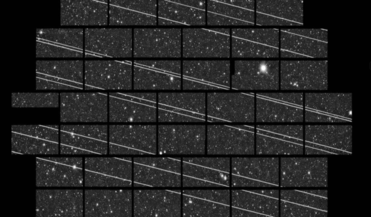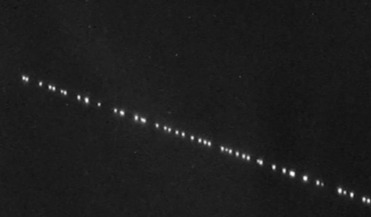 April 2025
Space sustainability and the role of space situational awareness
April 2025
Space sustainability and the role of space situational awareness
..., and understanding of space hazards including collisions, fragmentations, space object re-entries into our atmosphere, space weather events, as well as near-Earth objects posing risk to Earth. SSA versus SDA Currently, there is limited data sharing...
 30 December 2016
NEOWISE spots two new objects heading our way
30 December 2016
NEOWISE spots two new objects heading our way
... northern hemisphere during the first week of 2017 and according to Paul Chodas, manager of NASA's Center for Near-Earth Object (NEO) Studies at the Jet Propulsion Laboratory in California, "has a good chance of becoming visible through a good pair...
 29 June 2018
All things asteroid: Who, What, Where and When
29 June 2018
All things asteroid: Who, What, Where and When
... of an impact was predicted well ahead of the event itself,” said Paul Chodas, manager of the Center for Near-Earth Object Studies (CNEOS) at NASA's Jet Propulsion Laboratory (JPL) in Pasadena, California about the boulder-sized asteroid designated...
 March 2016
Searching for water in the Solar System
March 2016
Searching for water in the Solar System
... into new patterns It is also now understood that near-Earth objects are fragments of former asteroids ejected toward the inner ...well as a sample return. The third mission, the Near Earth Asteroid Scout CubeSat is currently in development as part ...
 26 August 2020
LEO constellations will "fundamentally change" astronomy, warns new report
26 August 2020
LEO constellations will "fundamentally change" astronomy, warns new report
... of their intended 42,000+ mega constellation into low Earth orbit back in May 2019, astronomers got worried really... observations, such as searches for near-Earth objects (NEOs), distant Solar System objects, rare transients, exoplanet transits ...
 04 June 2020
Mega constellations and their impact on astronomy
04 June 2020
Mega constellations and their impact on astronomy
... each with a mirror 8.2 metres in diameter. Images of objects as faint as magnitude 30 have been imaged, this is some..., will be to locate and catalogue most of the larger near Earth objects and assess their potential to threaten life on our planet. ...